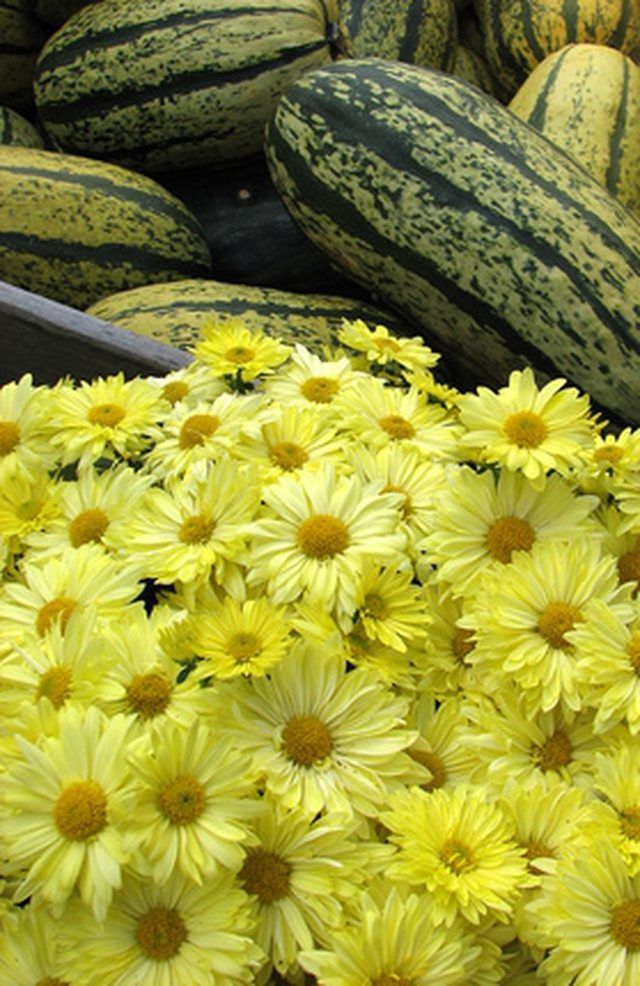Bulbs
Flower Basics
Flower Beds & Specialty Gardens
Flower Garden
Garden Furniture
Garden Gnomes
Garden Seeds
Garden Sheds
Garden Statues
Garden Tools & Supplies
Gardening Basics
Green & Organic
Groundcovers & Vines
Growing Annuals
Growing Basil
Growing Beans
Growing Berries
Growing Blueberries
Growing Cactus
Growing Corn
Growing Cotton
Growing Edibles
Growing Flowers
Growing Garlic
Growing Grapes
Growing Grass
Growing Herbs
Growing Jasmine
Growing Mint
Growing Mushrooms
Orchids
Growing Peanuts
Growing Perennials
Growing Plants
Growing Rosemary
Growing Roses
Growing Strawberries
Growing Sunflowers
Growing Thyme
Growing Tomatoes
Growing Tulips
Growing Vegetables
Herb Basics
Herb Garden
Indoor Growing
Landscaping Basics
Landscaping Patios
Landscaping Plants
Landscaping Shrubs
Landscaping Trees
Landscaping Walks & Pathways
Lawn Basics
Lawn Maintenance
Lawn Mowers
Lawn Ornaments
Lawn Planting
Lawn Tools
Outdoor Growing
Overall Landscape Planning
Pests, Weeds & Problems
Plant Basics
Rock Garden
Rose Garden
Shrubs
Soil
Specialty Gardens
Trees
Vegetable Garden
Yard Maintenance
Why Mum Blooms Turn Brown
Why Mum Blooms Turn Brown. Heavy rain damage, frost, insufficient water, and the natural flowering cycle can all turn mum blooms brown. Deadheading brown blossoms and cutting back damaged plants will help keep mums looking their best and blooming profusely.

Heavy rain damage, frost, insufficient water, and the natural flowering cycle can all turn mum blooms brown. Deadheading brown blossoms and cutting back damaged plants will help keep mums looking their best and blooming profusely.
Features
Mums are a vigorous late-blooming garden plant with showy flowers that turn brown if weather conditions become adverse. An early frost, very heavy rain, or a hail storm can turn mum flowers brown and mushy overnight. When mum blooms are finished flowering, the individual blossoms naturally turn brown and fall off.
Benefits
Mums are perennial plants that flower reliably in the fall; they are inexpensive and available in a wide variety of colors. Damaged mum plants can be cut back almost to the ground and they will usually come back healthier than ever.
Prevention/Solution
Mum blooms can be ruined if nipped by early frost or damaged by heavy rain, but browning can sometimes be prevented by covering the plants with a plastic tarp when frost or rain is expected. If covering is not possible or is not effective, pinch off all brown blossoms and any damaged leaves to encourage new growth.
Expert Insight
Some mum cultivars are more resistant to frost than others; pinching mums back hard by the Fourth of July helps to ensure vigorous bloom before first frost. Hot summers can cause mums to flower later than usual. Some gardeners mow their mums to the ground in early July if the temperature is especially high in order to encourage better flowering in the fall.
Considerations
Mums grow well in full sun and tolerate neglect and severe treatment. Keeping spent blossoms pinched off prolongs their blooming period. Choosing frost-resistant varieties and mulching heavily to keep the soil moist help to prevent brown blossoms and promotes healthier flowering.